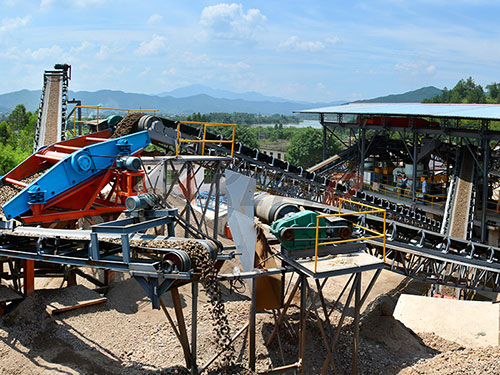
Powder Rock Crushers: Precision Engineering for Fine Material Processing
The quest for finely ground rock powders spans numerous industries, from mining and construction to agriculture and advanced materials science. Achieving consistent, ultra-fine particle sizes efficiently requires specialized equipment beyond traditional primary crushers. Enter the Powder Rock Crusher – a category of machinery engineered specifically for the demanding task of pulverizing rock into fine or even superfine powders.
Beyond Crushing: The Science of Pulverization
While primary crushers like jaw or cone crushers excel at reducing large rocks to manageable gravel-sized pieces (typically 1 inch or larger), powder rock crushers operate on a different principle. Their goal isn’t just size reduction; it’s controlled disintegration into particles often measured in micrometers (µm) or mesh sizes (e.g., 100 mesh, 200 mesh, 325 mesh).
Common types of equipment fulfilling this role include:

1. Hammer Mills: Utilizing rapidly rotating hammers that impact the material against breaker plates. Ideal for softer to medium-hard rocks where moderate fineness is acceptable. Adjustable screens control the final particle size.
2. Fine Impact Crushers (Vertical Shaft Impactors – VSIs): Accelerate rock particles at high speed against anvils or within a crushing chamber, relying on intense impact forces for size reduction. Excellent for producing cubical particles and achieving finer sizes than standard impact crushers.
3. Ring Mills / Puck Mills: Employ heavy grinding rings or puck and bowl assemblies that apply extreme pressure and friction to crush samples between hardened surfaces. Primarily used in laboratories for extremely fine grinding of small samples down to analytical fineness.
4. Ball Mills & Rod Mills: Rotating cylinders partially filled with grinding media (balls or rods). As the mill rotates, the media cascade and tumble, crushing material through impact and attrition over extended periods. Highly effective for very fine grinding but typically batch-operated and less energy-efficient than some alternatives.
5. High-Pressure Grinding Rolls (HPGR): Utilize two counter-rotating rolls pressed together under immense hydraulic pressure. Material is fed between the rolls and crushed by inter-particle compression within a packed bed, producing a significant amount of fine material with lower energy consumption per ton compared to ball mills.
Why Powder? The Driving Applications
The need for finely crushed rock powder is pervasive:
Mining & Mineral Processing: Essential for liberating valuable minerals from ore prior to concentration processes like flotation or leaching. Fin

Leave a Reply